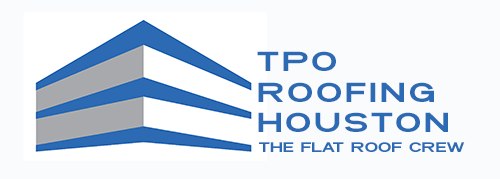MAY 12, 2018
HOW TO CLEAN A TPO OR PVC ROOF

As a building owner, you invest a great deal into a low-slope roof, but the job doesn’t end after installation. It’s important that as a business owner that you understand the value of maintenance — and that includes cleaning as well. There are several reasons routine cleaning should be included in normal roofing system maintenance, including:
- Keeping the surface white so it can provide maximum reflectivity and its associated energy conservation benefits
- Preventing the accumulation of dirt and debris, which can act as a nutrient source for algae and other plant growth
- Preventing the accumulation of food sources for birds and other pests
- Preventing the accumulation of chemical contaminants on the roof surface that may harm the membrane and reduce its performance life
Because of safety concerns and potential for roof membrane damage, we recommend you take these precautions:
- First, only trained professionals should be allowed on the roof to avoid any damage to the integrity of the roofing system.
- Fall safety requirements must be followed—a wet, single-ply membrane is slippery. Use caution and follow all fall safety requirements.
- Avoid walking on surfaces where the cleaning solution has not been rinsed away.
- Where the run-off may come in contact with exterior facades, test a small area to make sure there are no deleterious effects to the façade from the cleaning solution.
- Be sure to make accommodations for the run-off cleaning solution to avoid damage to plants and contamination of ground water. Always comply with all local, state, and federal requirements for water run-off.
SO, HOW OFTEN SHOULD A LOW-SLOPE ROOF BE CLEANED?
It depends on several factors such as the severity of environmental contaminants, the frequency of rainfall, the propensity for dirt and dust accumulation, and the roof slope and drainage characteristics.
Note: Some roof surfaces may not require routine cleaning and others may require cleaning on a frequent basis.
When cleaning EverGuard® TPO and PVC membranes, you should follow these tips:
1. Protect any low curbs, base flashings, or other points where water could enter from the use of a pressure washer.
2. Protect plants, shrubbery, and exterior facades from run-off of cleaning solution.
3. Use a low-pressure power washer (2,000 psi or lower) to clean and rinse off the top layer of dust and dirt.
4. Use a soft-bristled, long-handled brush or floor broom with a cleaning solution consisting of a mild, non-abrasive household detergent and water to clean the surface of the roof membrane, taking care to not damage the top surface of the membrane.
5. Rinse the roof completely with the low-pressure power washer to rinse the cleaning solution off the roof.
6. Inspect the membrane and ensure no damage has occurred; repair any incidental damage per manufacturer’s guidelines.
Proper maintenance and cleaning is offered for a fee to help extend the life of their investment.
